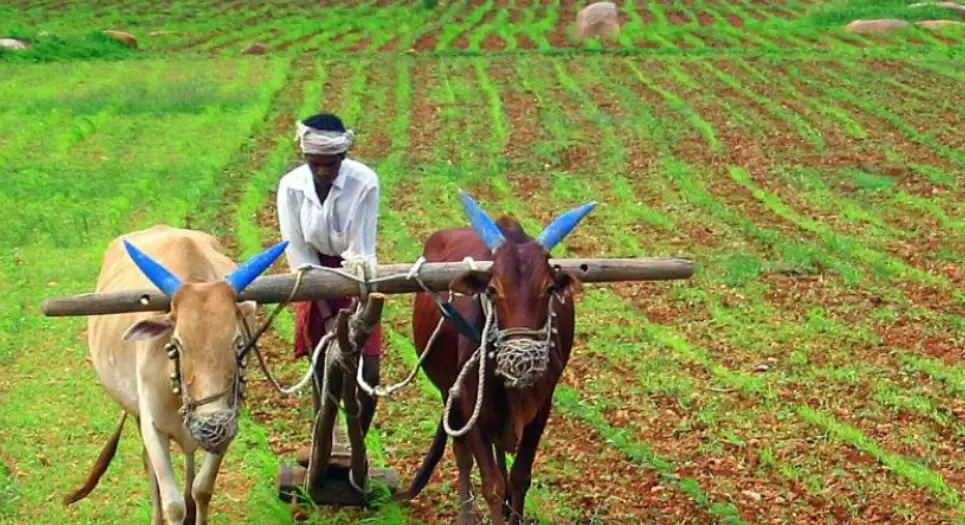Introduction
Agriculture has long been considered the backbone of India, deeply rooted in the country’s history, culture, and economy. The sector not only provides sustenance to a large population but also serves as a source of livelihood for millions. However, the question of whether Indian agriculture remains the backbone of the nation is complex and warrants a nuanced examination.
Historical Significance
Agrarian Economy:
Throughout history, India has been primarily agrarian, with a significant portion of its population engaged in agriculture. The Green Revolution in the 1960s and 1970s brought a surge in agricultural productivity, making India self-sufficient in food production.
Cultural Heritage:
Agriculture is deeply interwoven with India’s cultural fabric. Festivals like Makar Sankranti and Pongal celebrate the harvest season, emphasizing the cultural and spiritual significance of farming.
Economic Importance
Employment Generation:
Agriculture remains the largest employer in India, providing livelihoods to more than half of the country’s workforce. It is a source of income for millions of small and marginal farmers.
Contribution to GDP:
While the share of agriculture in India’s GDP has decreased over the years, it still plays a crucial role. Agriculture, along with allied activities, contributes significantly to the overall economy.
Challenges Faced by Indian Agriculture
Small Landholdings:
A significant challenge is the prevalence of small and fragmented landholdings, which limits economies of scale and poses challenges for mechanization and modernization.
Climate Change Impact:
Indian agriculture is highly vulnerable to climate change, with erratic weather patterns affecting crop yields and water availability.
Market Distress:
Farmers often face market uncertainties, with fluctuating prices and inadequate market infrastructure. Lack of direct access to consumers can affect farmers’ income.
Technological Gaps:
There are technological disparities among farmers. While some adopt modern practices, others continue with traditional methods, leading to productivity gaps.
Debt and Financial Stress:
Many farmers face financial stress due to rising input costs, insufficient credit access, and the burden of debt, leading to distress in the agricultural sector.
Looking Beyond Agriculture
Diversification:
India is gradually diversifying its economy beyond agriculture. Industries such as services and manufacturing are gaining prominence, contributing significantly to the GDP.
Urbanization:
The rapid pace of urbanization is transforming India, with a growing urban population engaged in non-agricultural sectors. This shift is changing the economic landscape.
Conclusion
While Indian agriculture has played a historic and vital role in the nation’s development, the assertion that it is still the sole backbone of the country needs reconsideration. The challenges faced by the agricultural sector, coupled with the diversification of the economy, suggest a more nuanced narrative. Agriculture remains crucial, especially concerning employment and rural livelihoods. However, for sustained national development, it is essential to address the challenges faced by farmers, modernize agricultural practices, and create opportunities for economic diversification. In shaping the future of India, a balanced and integrated approach that acknowledges the multifaceted nature of the national economy is imperative.

